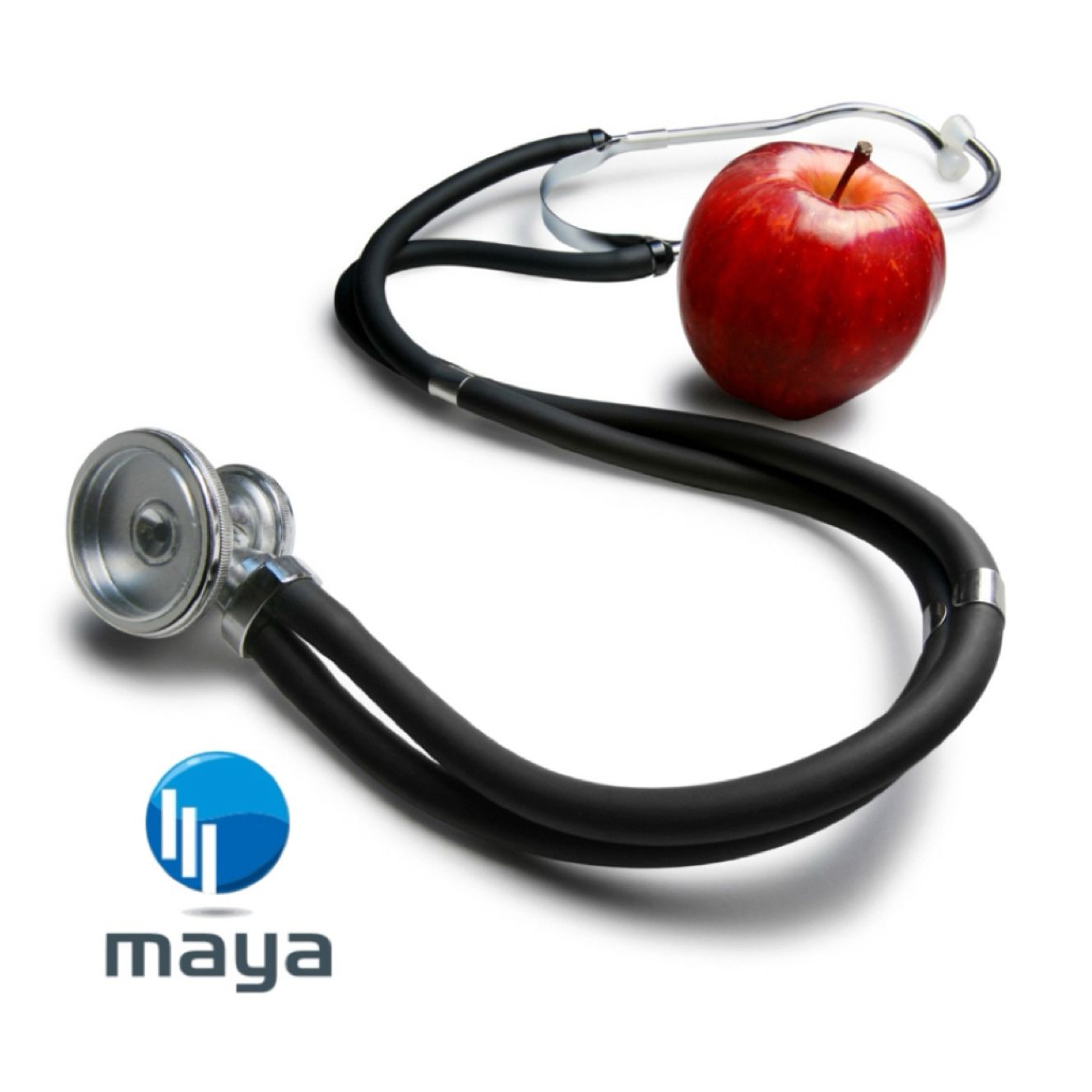Understanding Common Medical Errors:
Medical errors are an unfortunate reality in healthcare, affecting millions of people globally. While most healthcare providers strive to offer the best possible care, mistakes—whether due to human error, system failures, or communication breakdowns—can and do happen. When errors occur, they can lead to serious complications, prolonged hospitalizations, or even death. Understanding common examples of medical errors is essential to fostering patient safety, promoting awareness, and supporting efforts to prevent these mistakes from happening in the future.
1. Medication Errors: Mismanagement of Drugs and Dosages
Medication errors are among the most common—and dangerous—types of medical mistakes. These errors can occur when the wrong medication, dosage, or form of the drug is prescribed or administered. Common examples include:
- Wrong Drug or Dose: Administering an incorrect medication or incorrect dosage can have devastating consequences, particularly for high-risk medications like blood thinners, opioids, and insulin.
- Allergic Reactions: Prescribing a medication without checking for allergies can result in severe reactions, ranging from rashes to life-threatening anaphylaxis.
- Drug Interactions: Failing to review a patient’s full medication list can lead to dangerous interactions between drugs, which may cause anything from organ damage to fatal reactions.
Medication errors can lead to preventable complications such as kidney or liver damage, prolonged illness, and in some cases, death. They often occur due to rushed prescriptions, incomplete patient histories, or lapses in communication.
2. Diagnostic Errors: Missed, Delayed, or Misdiagnosis
A diagnostic error occurs when a condition is missed, delayed, or incorrectly diagnosed. Diagnostic mistakes can result in patients receiving inappropriate treatment—or no treatment at all—for serious conditions. Common examples include:
- Missed Diagnosis of Heart Attack or Stroke: Sometimes, subtle symptoms of heart attacks or strokes (such as mild chest pain, nausea, or dizziness) are mistaken for less serious issues, leading to delayed treatment and often severe complications.
- Misdiagnosed Infections: Bacterial infections may be mistaken for viral ones and treated inadequately or not treated at all, leading to complications like sepsis, a life-threatening infection.
- Failure to Detect Cancer Early: In some cases, vague symptoms or poor follow-up can lead to missed cancer diagnoses until the disease has progressed to an advanced stage, reducing the chances of survival.
Diagnostic errors often arise from cognitive biases, limited time with patients, or a failure to order or interpret tests accurately. When diagnostic errors occur, patients can experience worsening symptoms, severe complications, and even death.
3. Surgical Errors: Mistakes During Procedures
Surgical errors are another type of serious medical error that can result in devastating outcomes. These errors can happen before, during, or after a procedure and include:
- Wrong-Site Surgery: Operating on the wrong body part, though rare, is a serious error that can have lasting consequences and lead to additional procedures.
- Leaving Foreign Objects in the Body: In some cases, surgical instruments, sponges, or other items are unintentionally left inside a patient after surgery, leading to infections, pain, and further complications.
- Improper Anesthesia Management: Errors in administering anesthesia, such as giving too much or too little, can lead to severe outcomes, from prolonged unconsciousness to respiratory failure.
Surgical errors can lead to infections, chronic pain, loss of function, and sometimes even death. To prevent these mistakes, surgical teams must follow strict protocols and perform thorough checks before and after each procedure.
4. Infection Control Failures: Spread of Hospital-Acquired Infections
Hospital-acquired infections (HAIs) are a major cause of morbidity and mortality. These infections often occur due to lapses in infection control practices, such as inadequate handwashing, improper sterilization of equipment, or using contaminated surfaces. Common examples of HAIs include:
- Pneumonia from Mechanical Ventilators: Patients on ventilators can develop pneumonia if equipment isn’t properly maintained or infection control protocols aren’t followed.
- Catheter-Associated Urinary Tract Infections (CAUTIs): Urinary catheters can introduce bacteria into the urinary tract if not used and managed correctly, leading to serious infections.
- Surgical Site Infections: If surgical sites aren’t adequately sterilized, or if proper aftercare isn’t administered, infections can develop, often leading to additional procedures or extended hospital stays.
These infections can be deadly, especially in immunocompromised or elderly patients, and often result from lapses in routine hygiene and sterilization practices.
5. Failure to Follow Up on Test Results
Proper follow-up on test results is crucial for timely diagnosis and treatment. When test results are missed, not communicated to the patient, or not acted upon, significant conditions can go untreated. Examples include:
- Unreported Abnormal Lab Results: If blood tests, biopsies, or other diagnostics reveal concerning results and aren’t flagged for follow-up, serious illnesses like cancer, liver disease, or diabetes can worsen.
- Delayed Imaging Follow-Up: Abnormal imaging results, such as those indicating tumors or organ issues, may go unaddressed if not properly communicated, delaying necessary treatment.
Failures in follow-up often stem from poor communication systems, disorganized workflows, or the overwhelming volume of cases in healthcare facilities. When these errors happen, the delay in treatment can lead to disease progression and preventable complications or death.
6. Errors in Patient Handoffs and Communication
Errors in communication during patient handoffs—when patients are transferred from one provider to another, such as between shifts or units—can lead to critical information being lost. Examples include:
- Incomplete Transfer of Patient History: If a patient’s full history, medications, or allergies aren’t accurately communicated, the next care provider may miss crucial details, leading to inappropriate care.
- Missed Details on Current Condition: Key information about a patient’s current status may not be relayed, leading to inadequate monitoring or response to changes in condition.
These errors can lead to inadequate or delayed responses to a patient’s needs, ultimately resulting in complications, extended hospital stays, and sometimes death.
7. Mismanagement of High-Risk Patients
High-risk patients, such as the elderly, those with multiple chronic illnesses, or those with compromised immune systems, require special attention and tailored care. Errors in managing these patients may include:
- Inadequate Monitoring of Vital Signs: High-risk patients may need closer monitoring, and failure to regularly check vital signs can result in missed warning signs of deterioration.
- Improper Medication Management: Many high-risk patients take multiple medications, and errors in medication management—such as prescribing conflicting drugs—can have fatal consequences.
- Insufficient Follow-Up Post-Discharge: Failing to follow up with high-risk patients after hospital discharge can lead to unaddressed complications, resulting in rehospitalization or death.
High-risk patients are especially vulnerable to medical errors, and without careful management, they face a higher risk of severe outcomes and mortality.
Preventing Medical Errors: How Patients and Providers Can Improve Safety
Preventing medical errors requires a multifaceted approach that includes healthcare provider training, improved communication, better systems for managing information, and a strong culture of patient safety. Here are a few steps that can help:
- Patient Education and Engagement: Patients should be encouraged to ask questions, understand their treatment plans, and actively participate in their care. This can help catch potential errors before they lead to harm.
- Clear Communication Protocols: Implementing structured handoff procedures and clear communication channels can reduce errors during transitions of care.
- Enhanced Infection Control Practices: Strict adherence to hygiene and sterilization protocols is essential in preventing hospital-acquired infections.
- Regular Training and Continuing Education: Healthcare providers must be regularly trained in current best practices, especially when it comes to medication safety and diagnostic procedures.
By increasing awareness of common medical errors and prioritizing safety, both healthcare providers and patients can work together to reduce these risks and improve outcomes for all.

